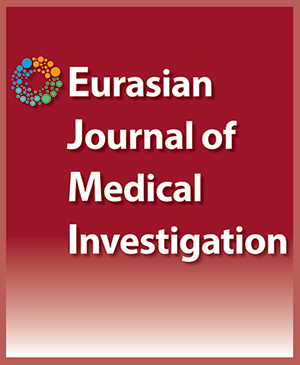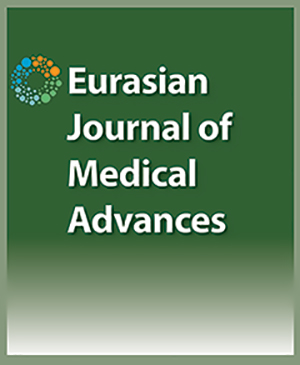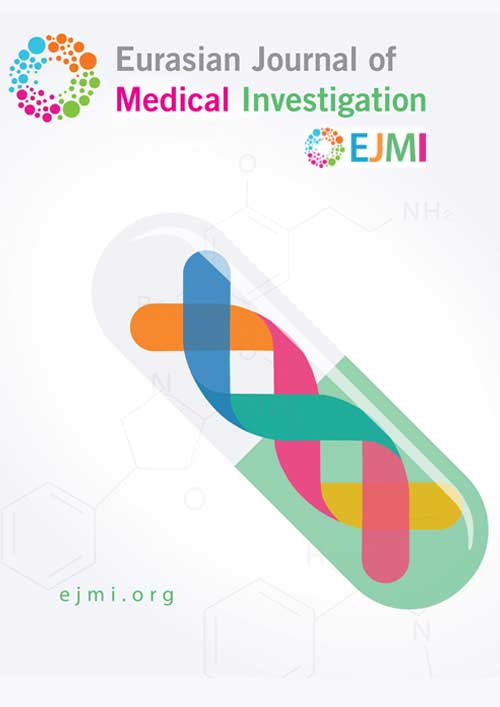The Effect of Hemogram and Blood Gas Parameters on Survival in Cardiac Arrest Patients
Murat Tepe1, Muhammed Semih Gedik1, Ali ihsan Kilci1, Rasim Gokmen2, Hakan Hakkoymaz1, Omer Faruk Kucuk1, Muhammed Ali Guler11Department of Emergency Medicine, Sütçü İmam University Faculty of Medicine, Kahramanmaraş, Türkiye, 2Department of Public Health, Kahramanmaraş Sütçü İmam University, Kahramanmaraş, Türkiye
Objectives: This study aimed to investigate the demographic data of cardiac arrest patients who underwent cardiopulmonary resuscitation (CPR) in the emergency department, and whether there was an association between complete blood count and blood gas parameters and the return of spontaneous circulation (ROSC). Methods: 126 patients with no missing data were included in the study. Two subgroups were formed as patients undergoing ROSC and those who died. Patients' demographic data, blood gas and complete blood count parameters were recorded. Results: 62.7% and 37.3% of patients were males and females, respectively, and their mean age was 64 years. 23% of the patients underwent ROSC and were admitted to intensive care, while 77% of them died in the emergency department. Significant differences were found in pH in blood gas, lactate and HCO3 between the patients undergoing ROSC and the patients who died. Furthermore, there were significant differences in neutrophil counts and neutrophil/lymphocyte ratios in the complete blood count between the two groups. Conclusion: Cardiac arrest is a significant public health problem with high rates of mortality and morbidity. Blood gas and complete blood count parameters evaluated in the emergency department are associated with mortality. Keywords: Blood gas, cardiac arrest, complete blood count, mortality
Cite This Article
Tepe M, Gedik M, Kilci A, Gokmen R, Hakkoymaz H, Kucuk O, Guler M. The Effect of Hemogram and Blood Gas Parameters on Survival in Cardiac Arrest Patients. EJMI. 2025; 9(1): 12-15
Corresponding Author: Murat Tepe




